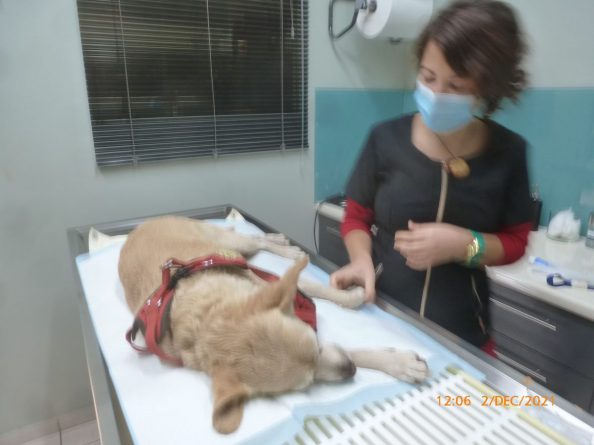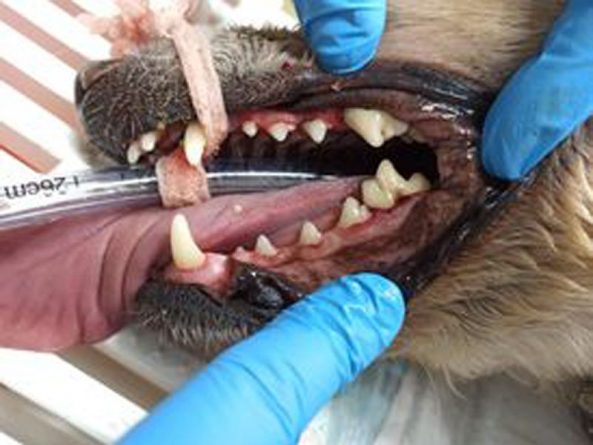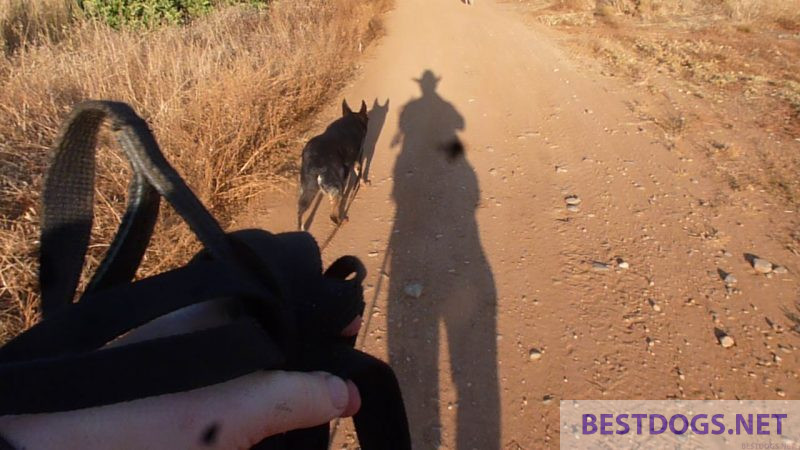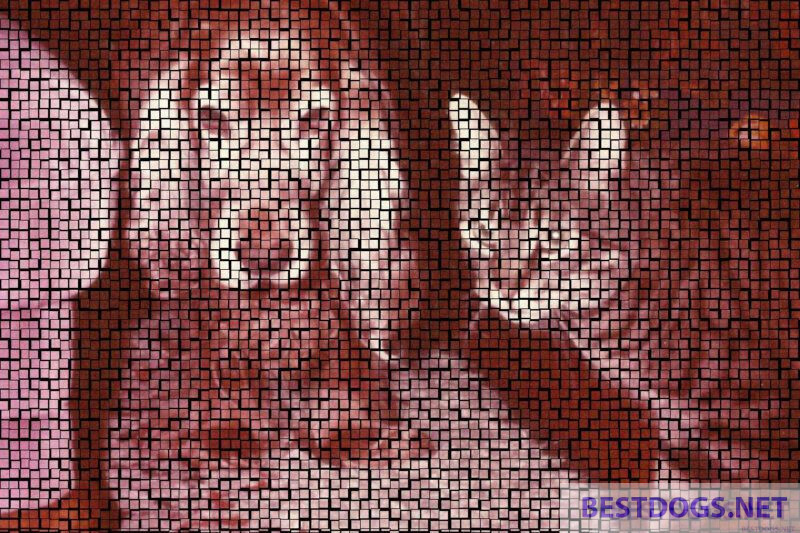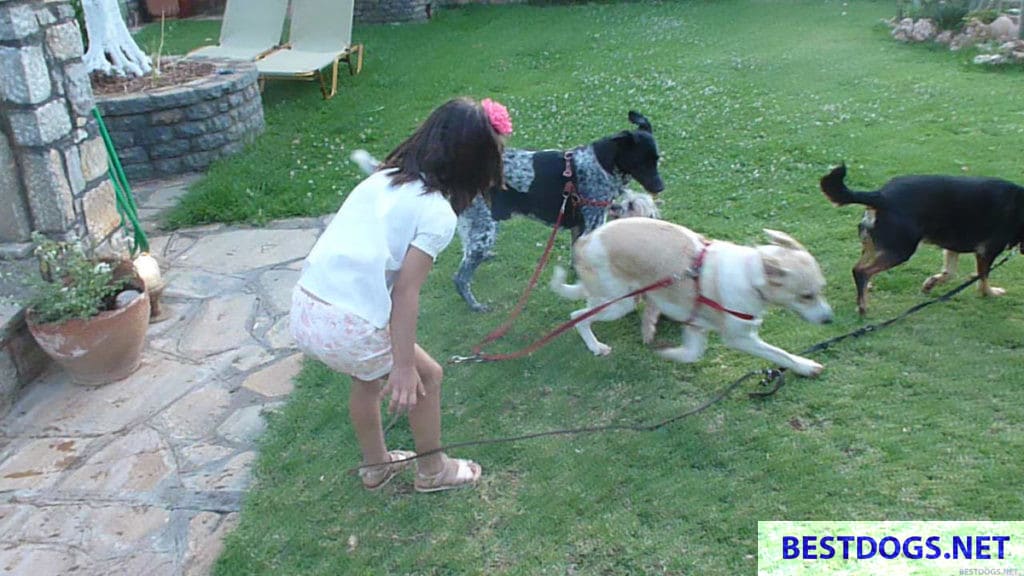Care for older dogs: diet, common physical malfunctions and the inevitable law of nature.
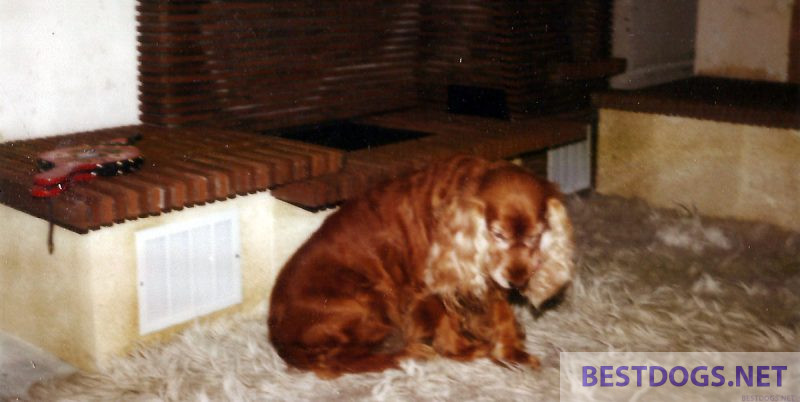

Care for older dogs
Table of Contents
Proper care of an older dog is primarily a matter of prevention, as some diseases become more likely with age. Early detection of diseases is crucial so that the dog has the best chance of coping. Therefore, regular visits to the veterinarian are unavoidable.
It is also important to watch for changes in the older dog’s appearance or behavior, as these can be signs of serious illness. For example, increased urination or loss of appetite may be signs of diabetes, while faster fatigue and excessive panting or coughing may indicate cardiopulmonary problems. In any case, the golden rule is to call the vet if in doubt.
When adopting an older dog from a shelter or placement center, it is also necessary to discuss with the veterinarian which vaccinations are still necessary or need to be refreshed.
Diet
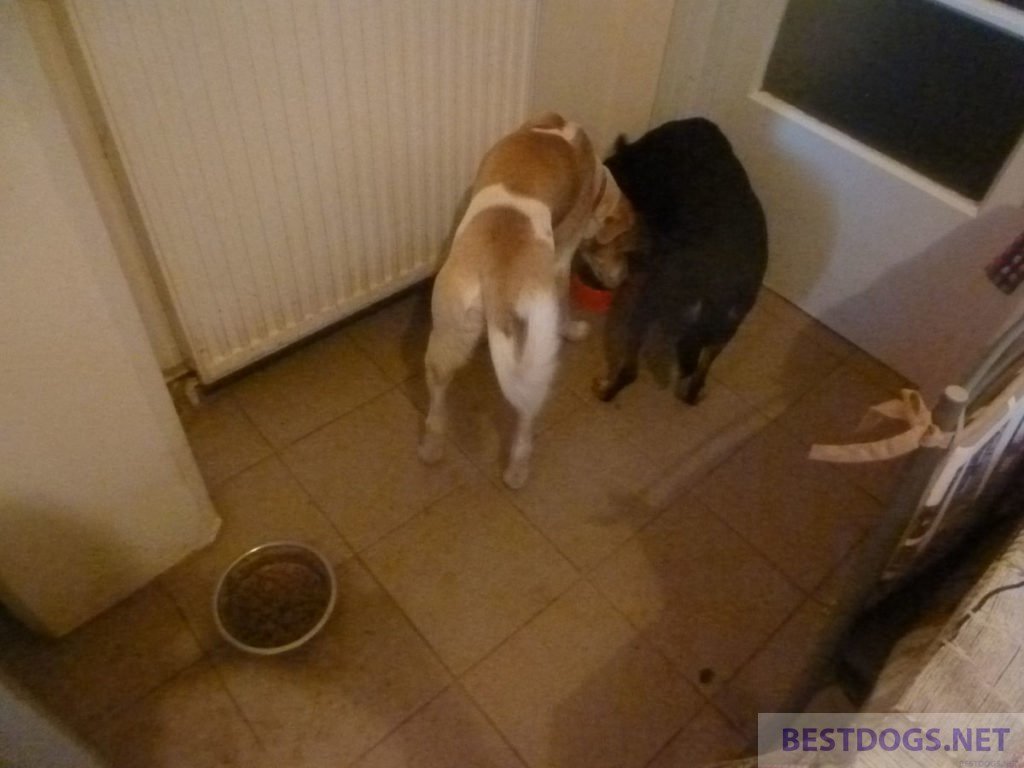
An older dog may have a weaker sense of smell and taste. In addition, the digestive organs may become less efficient at absorbing and digesting food. Therefore, he may need to be fed a tasty, easily digestible food. Food specially formulated for older dogs strengthens the dog’s immune system and, because it contains fewer calories, should be able to keep his weight under control.
To prevent urinary tract disease, make sure the dog is fed a balanced diet with a high protein and phosphorus content, which may need to be reduced if the dog has kidney problems.
If the dog acts as if it is still hungry, it is best to try to distract it with something else first before giving it more food. For example, a simple training or game is suitable, as he may only be performing ritualized behaviors. This distraction will help him use his brain more constructively and not just beg for food.
Common physical malfunctions
Gums
Regular dental care is important throughout a dog’s life, but it becomes crucial as he enters his later years. Diseases of the gums and encrusted teeth are both painful conditions and can lead to the loss of teeth, which of course affects his ability to chew and therefore his digestion. If bacteria enter the bloodstream through inflamed gums, secondary infections can occur in the kidney, liver or heart valves.
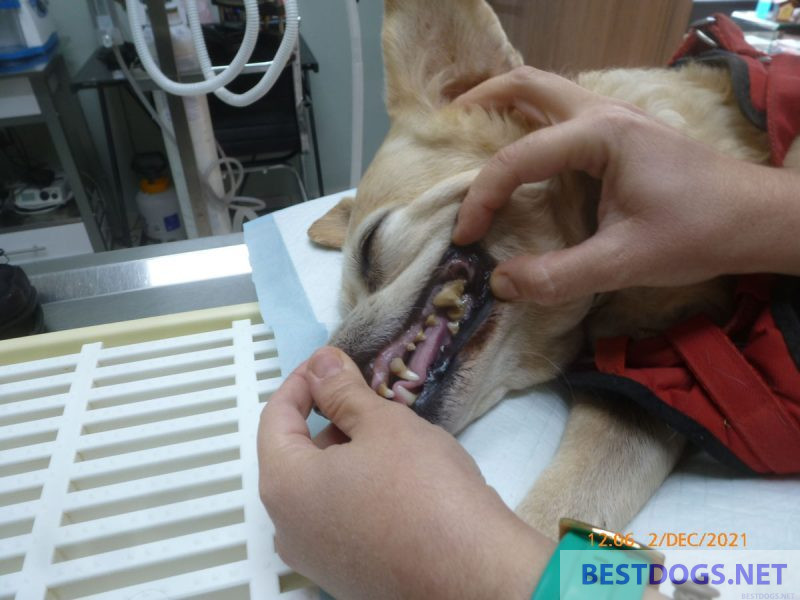
It is possible to prevent this by regularly checking the dog’s gums for inflammation and abnormal color. If the gums do not look healthy, you should immediately visit the vet.
Also, the dog’s teeth should be brushed regularly with a dog toothbrush. Additionally, the older dog should be given hard food instead of soft canned food and toys to chew on. This will all help to remove plaque from his teeth.
If your dog’s breath smells bad, he may have gum disease or an adverse reaction to his food. The first thing to do then is to take him to the vet for an examination.
Cat's Pride Premium Lightweight Clumping Litter: Pure & Fresh - Up to 10 Days of Powerful Odor Control - Multi-Cat, Scented, 10 Pounds
$11.49 (as of April 24, 2024 09:05 GMT +03:00 - More infoProduct prices and availability are accurate as of the date/time indicated and are subject to change. Any price and availability information displayed on [relevant Amazon Site(s), as applicable] at the time of purchase will apply to the purchase of this product.)Fresh Step Clumping Cat Litter, Extreme Odor Control, Mountain Spring Scent With Febreze, 14 lbs
$11.39 (as of April 24, 2024 09:05 GMT +03:00 - More infoProduct prices and availability are accurate as of the date/time indicated and are subject to change. Any price and availability information displayed on [relevant Amazon Site(s), as applicable] at the time of purchase will apply to the purchase of this product.)PetLab Co. Probiotics for Dogs, Support Gut Health, Diarrhea, Digestive Health & Seasonal Allergies - Pork Flavor - 30 Soft Chews - Packaging May Vary
$35.95 (as of April 24, 2024 09:05 GMT +03:00 - More infoProduct prices and availability are accurate as of the date/time indicated and are subject to change. Any price and availability information displayed on [relevant Amazon Site(s), as applicable] at the time of purchase will apply to the purchase of this product.)Heart disease
Older pets are more susceptible to diseases of the heart and lungs. Signs of heart disease include coughing, wheezing and difficulty breathing or weakness and sometimes fainting.
If you notice any of these signs, you should contact your veterinarian quickly, because if the disease is treated in its early stages, medication can still allow the dog to live a long and normal life.
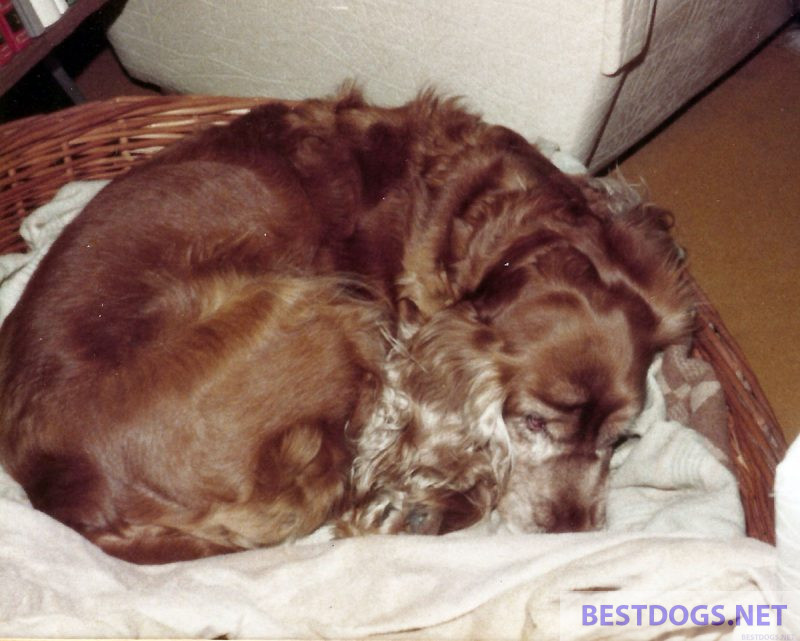
Skin and coat disorders
As dogs get older, their skin may become dry and irritated or thinner and less elastic, making it more prone to cracking and injury.
A dull, thinning coat is a sign of aging, but it can also be a sign of disease or nutrient deficiency and should be examined by a veterinarian.
If the veterinarian determines that there are no health reasons for the coat changes, he or she may recommend an appropriate supplement or a change in diet.
Regular grooming promotes coat and skin health and has the added benefit of making changes in coat and skin condition more noticeable.
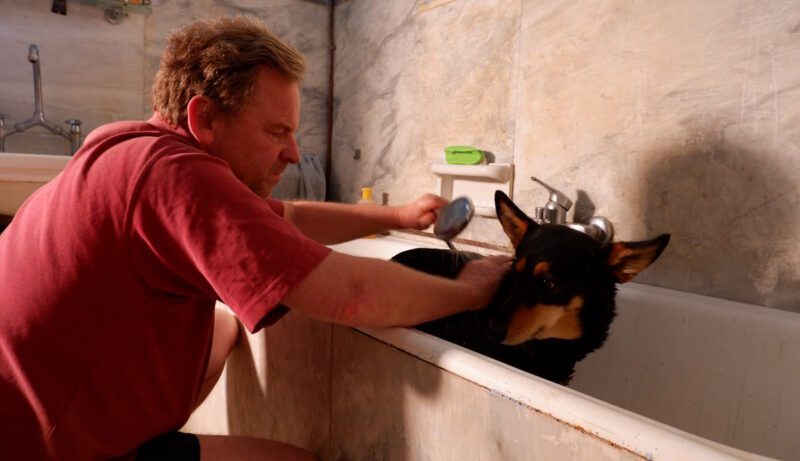
Urinary incontinence
An older dog that has been housebroken for years may suddenly begin to urinate in inappropriate places. This may be caused by problems with a part of the nervous system that controls the bladder, or by disorders of the urinary tract, prostate, or other body systems.
Frequent urination, foul-smelling urine, blood in the urine or no urination at all are common signs of urinary tract infections in dogs.
Other signs may include drinking unusually large amounts of water or constant licking of the genitals.
Recognizing the symptoms and treating them early can mean the difference between life and death for the dog.
Arthritis
Stiffness, limping or favoring only one of the limbs are all common signs of arthritis, especially after sleeping or resting.
The dog may also be reluctant to jump or even climb stairs, and in some cases may not even be able to get to his feet without assistance.
Canine arthritis, or osteoarthritis, is a degenerative disease and can be worse, especially in damp and cold weather.
Its occurrence is more likely if there has been previous damage to the joint or if the dog is overweight.
Arthritis is a progressive disease that results in the breakdown of cartilage and inflammation of a joint, causing pain and swelling.
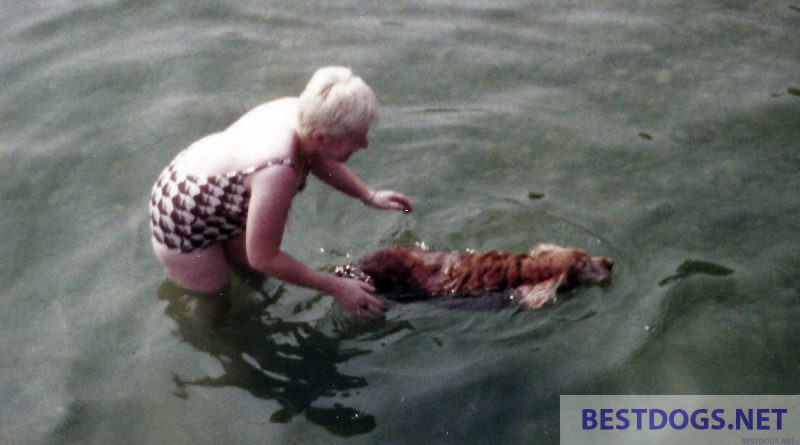
Although there is no cure for this, it is possible to ensure that even a dog with arthritis has a comfortable daily life.
Dogs with arthritis should continue to be exercised, but not excessively, as this can aggravate their arthritis. Leisurely walks and swimming help maintain muscle mass, which reduces stress on the joints.
Again, the dog needs to see the veterinarian for this so that the proper diagnosis can be made.
Weight problems
Being overweight or underweight can be a problem for older dogs. Older dogs tend to have a slower metabolism and gain weight quickly, which puts a strain on the heart and joints. Insufficient exercise and feeding an older dog the same amount as a more active, younger dog are major causes of obesity.
If the dog is overweight, it may be advisable to put him on a low-calorie diet under veterinary supervision and, in any case, choose treats that are low in fat and sugar.
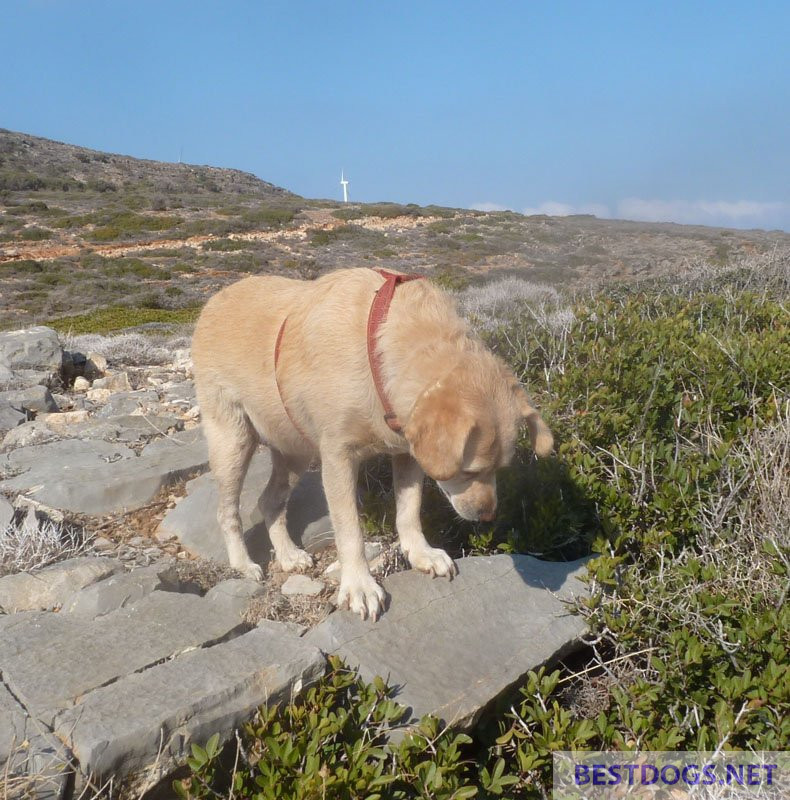
It is therefore important to provide the older dog with opportunities for physical and mental ‘exercise’ in his daily routine. However, it is equally important to make sure that he does not ‘overdo it’.
If the dog does not use his muscles, he will lose mass and tone, and it will become more difficult for him to exercise. Under veterinary supervision, short but frequent walks or swims should help not only to control his weight, but also to keep him in shape.
Limitation of the senses
As a dog gets older, changes occur in the sensory system that feeds information to the dog’s brain.
For example, food loses its flavor, high-pitched sounds can no longer be heard, and the loss of hair cells in the ears can lead to deafness.
When the dog starts not responding to common verbal calls over some distance, you can tell that his hearing is deteriorating.
Ear infections can also lead to poor hearing. Signs of ear infections include discharge from the ear, persistent head shaking, or rubbing the ear with the paws.
A dog uses hearing as part of his detection system from danger and if he doesn’t detect threats in the form of other dogs or people, it can be very disruptive to him. This means making sure that other dogs or people don’t catch him off guard.
Additionally, it can be very beneficial for both master and dog to teach him hand signals that replace or support commands via sounds.
Declining eyesight creates similar problems. With age, there is loss of both types of retinal cells in the eyes, and the lenses lose their elasticity, so the dog can no longer focus properly and vision becomes blurry.
One possible sign that the dog’s vision is deteriorating is misjudging spaces or bumping into objects.
To make life less stressful for the dog, you should talk to him when he approaches and try to keep all objects in the same position. If familiar things need to be moved, the dog should be walked around there afterwards so that he notices the changes.
Aging process of the brain
In a young dog, the brain sends information from cell to cell through connecting filaments. In the aging dog, the filaments contract and lose some of their contacts with other cells.
This means that the information has to take a different path. This slows the speed of information processing from about 225 mph at peak fitness to about 50 mph.
Another problem is that the cells remain abnormally programmed for a long time after stimulation, so that no further information can be recorded. This affects the dog’s short-term memory.
So he becomes irritable when disturbed, it makes him slow to follow commands and causes problems with orientation and learning.
Thus, previous daily activities become ritualized by the aging dog, which means, for example, that he asks to be let outside the door to urinate without actually having to do it. A stimulus has merely stimulated the cell associated with that action !
The cell cannot evaluate the ‘cue’ but merely triggered the memorized actions.
For example, the dog may also return to his food bowl for a second portion because the original stimulus still exists and he is unable to override the memorized actions. This may result in him just nibbling on the ‘second portion’ or, in severe cases, devouring the whole portion in addition anyway.
All is not lost, however, as both human and dog can prevent the aging processes of the brain by living by the motto ‘use it or lose it’. That is, the dog must be stimulated by an interesting environment with lots of toys and games to preserve its senses !
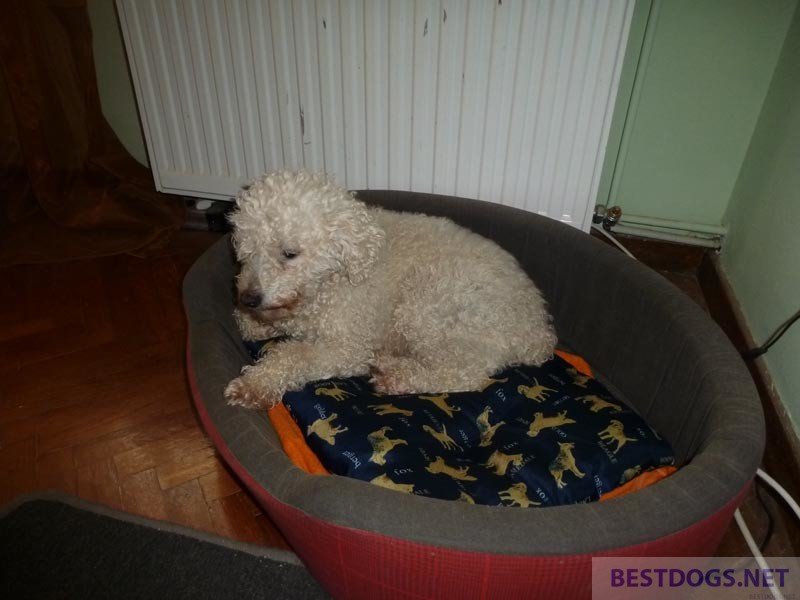
Inevitable law of nature
But our four-legged friend also deserves, when his time has come, to pass away in dignity. The older dog should not suffer unnecessarily just because human transfers his fear of death to him or believes that he can cheat nature with the most modern medicine. Here you have to let go and let him go best on your lap.
In the wild, the wolf or wild dog submits to his fate and prepares for ‘eternal sleep’ when his time has come due to old age, illness or serious injury.
Then he takes no more food and looks for a quiet place to die and his pack simply accepts this.
Sometimes it happens that a dog actually ‘falls asleep’ overnight, but more often than not, the master is plagued with incurable diseases or undignified signs of old age of his beloved four-legged friend.
In any case, the dog does not deserve to suffer unnecessarily.
Therefore, the veterinarian should come home and in the familiar environment, as well as close to loved ones, give the dog the inevitable injection.
Master once again lets pass all the memories of the dog’s life together, while the dog is stroked on the lap for the very last, joint ride. If it is a big dog, you lie down with him and cuddle him in his favorite place.
The dog will understand that this is the end of his existence in this world, but he will be reassured and accept the injection full of confidence. He will experience for the very last time the security that his master has given him his whole life and then he will simply fall asleep peacefully.
Even if this is really a very difficult course for every dog owner, it is the right way. With the many tears that flow now, it is then a comforting thought that there is perhaps something like a dog heaven.
Here in Crete you are allowed to bury your dog on your own property or in the mountains, in Germany you have to ask the municipality or forester.
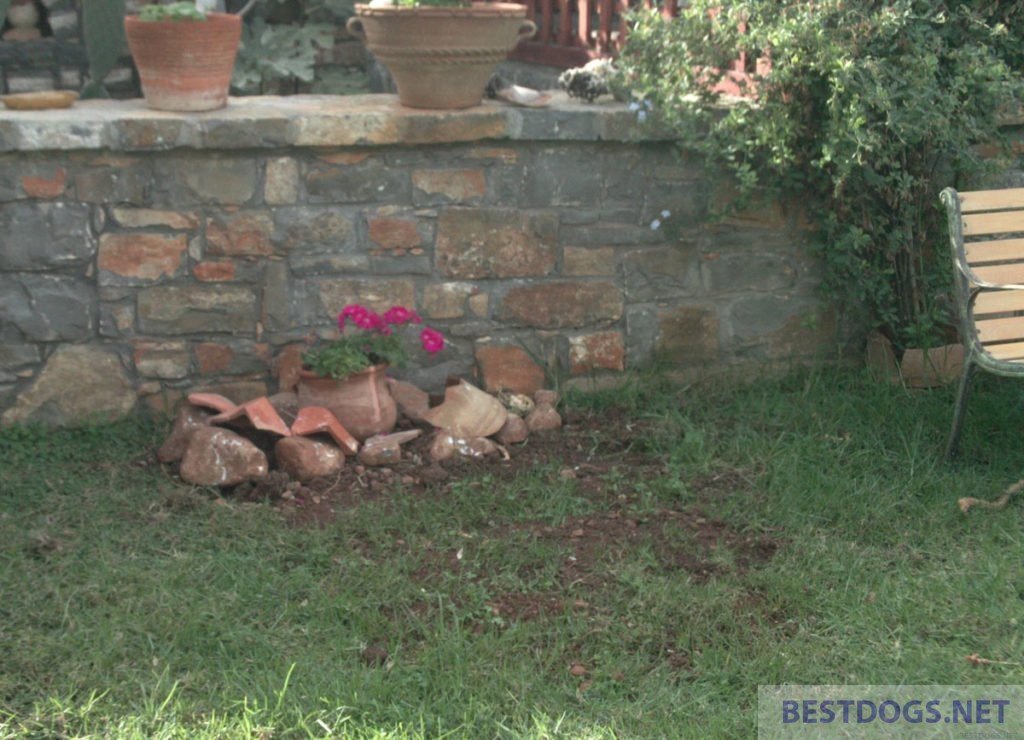
Alternatively, one of the favorite places of the dog on the walks, where he liked to rest or play, offers itself. Such a place for the grave will then be a special place earth in all future visits.
So you should still give him for the trip his last bone, which he could not eat completely, and his favorite toy.
And hopefully master will visit again in the foreseeable future with a still clumsy successor and tell him some great stories of his ‘old dog’ …





